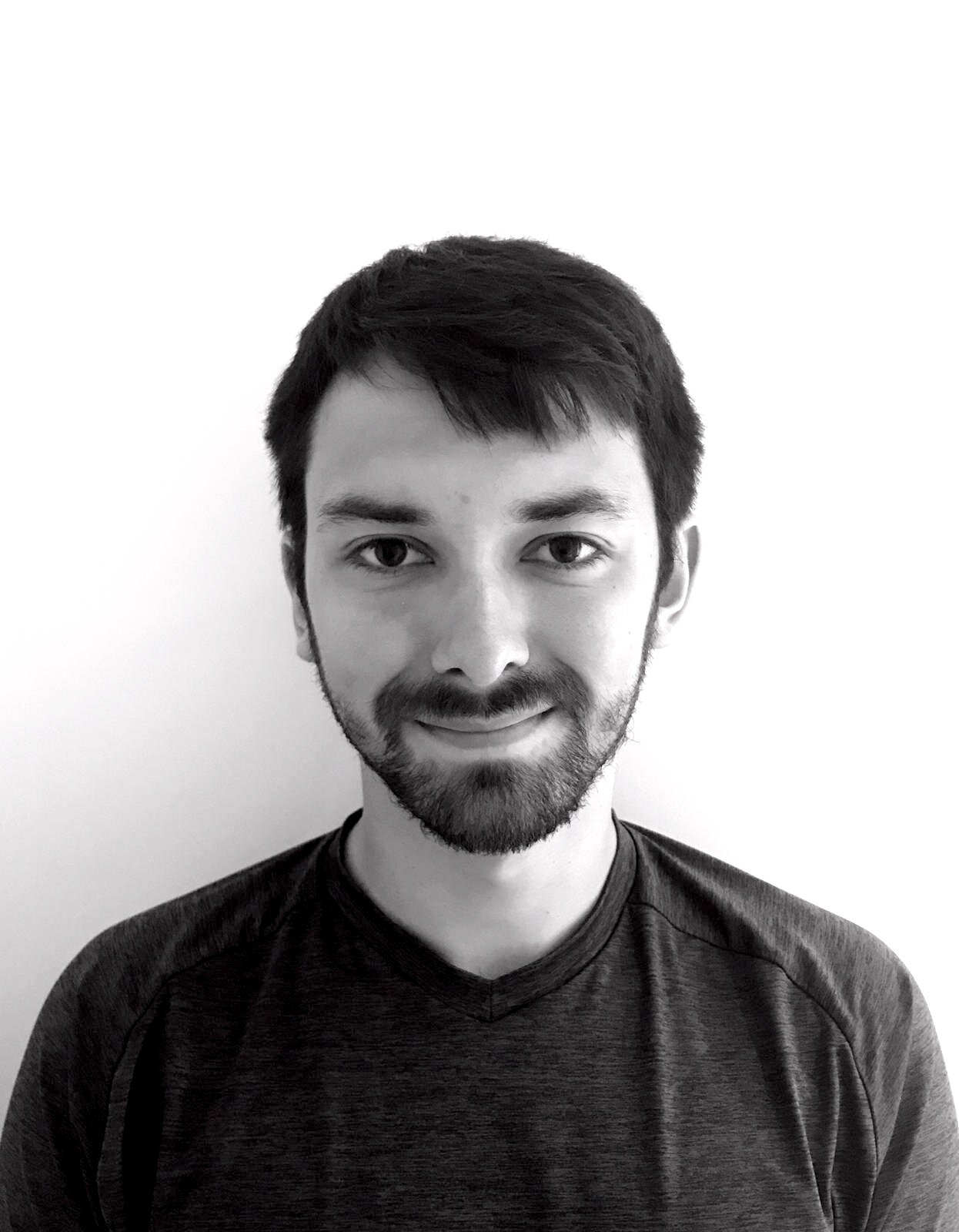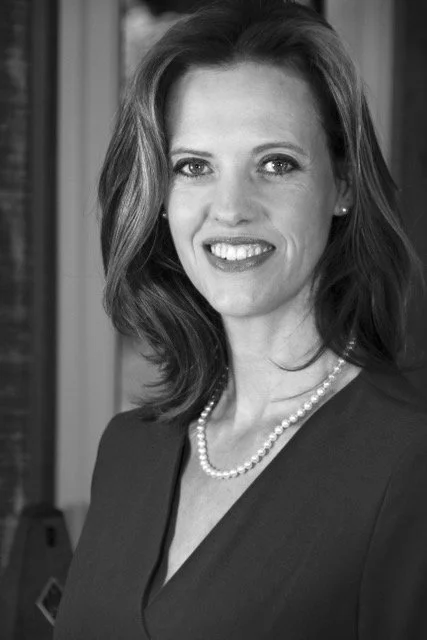Osteopathy and The Elderly
'It's just your age!' Does this sound familiar? Osteopaths take a different view! Yes, age does play a part in the wear and tear process, but it doesn’t mean that nothing can be done about it. Nobody can reverse the effects of age, but osteopaths can help by improving movement, easing stiffness and loosening muscles, all helping the body in its ability to compensate for the changes.
When the spine stars to deteriorate and the posture becomes bent forward it places huge strain on the back and neck joints and muscles. Treatment can help improve posture by using gentle stretching and soft tissue techniques thereby relieving the strain through the joints.
In many patients, arthritis is the cause of joint swelling, pain and stiffness and it can be helped by osteopathic treatment.
There are two main types of arthritis:
Degenerative or Osteoarthritis (OA) is the most common form and is linked with ‘wear and tear’ of the joints resulting from excessive stress and strain put on an area through poor posture, heavy manual work and old injuries. The joints involved become worn, painful, and stiff. This type of arthritis is commonly seen and treated effectively by Osteopaths.
Inflammatory arthritis such as Rheumatoid arthritis (RA) not only produces painful, swollen, and stiff joints, but affects the whole body including a breakdown in the immune system. This type of arthritis is more difficult to treat, but again Osteopathic approaches can relieve many of the symptoms.
Many arthritis sufferers are told that ‘nothing can be done, you just have to live with it’ or ‘it’s a part of getting older’. Osteopathy cannot cure arthritis, but treatment can certainly ease the pain, reduce swelling and stiffness and restore some joint mobility. As a result there is often less reliance on medication and consequently fewer problems with the side effects of the drugs, such as gastritis and constipation.
Treatment is gentle and completely non-invasive. Osteopaths guide the stiff joint through its range of movement, gently stretching and easing away stiffness. Associated tissues may also require treatment to ensure that they are functioning well in order to compensate for the damaged joint(s).
In chronic cases it may not be the actual arthritic joint(s) that causes most of the pain. The body often naturally tries to protect the joint by supporting it with muscle spasm, which may be the source of the aches and pains. Soft tissue and stretching techniques can reduce this excessive muscle tension, ease the pain and improve movement.
The Osteopath can also advice on gentle stretching exercises to try to preserve joint movement and prevent exacerbations.




































